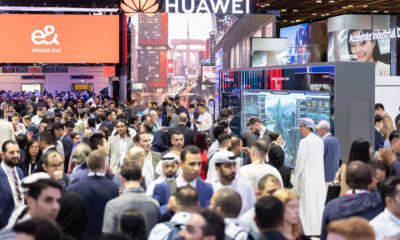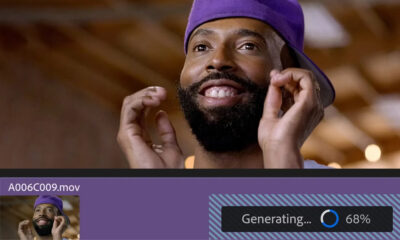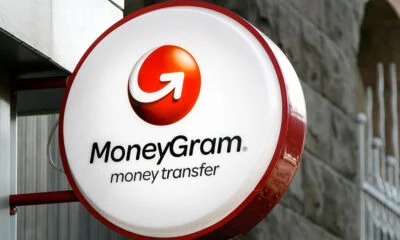News
Meta & Microsoft Release AI Language Tool For Commercial Use
The open-source AI model, called Llama 2, will be available through the Azure AI catalog and Amazon Web Services, as well as in a standalone Windows version.
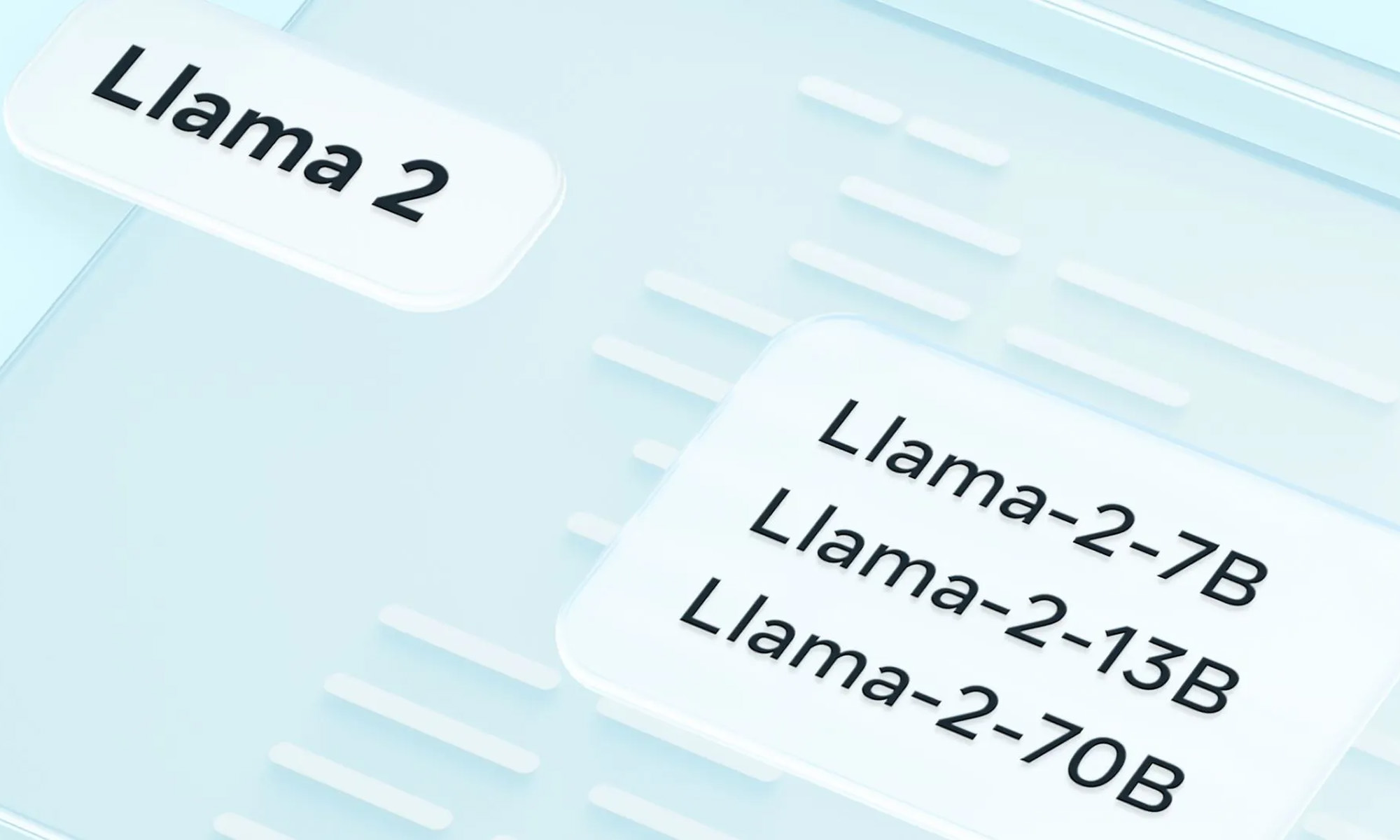
Meta and Microsoft have partnered to create Llama 2, a “next-generation large language AI model” for commercial and research applications. Llama 2’s open-source code places greater importance on responsibility and includes a reasonable use guide, plus an acceptable use policy to prevent criminal applications, misleading information, and spam.
Meta is releasing pre-trained and conversation-oriented versions of Llama 2 for free. Meanwhile, Microsoft is making the AI tool available through the Azure AI catalog to use with cloud tools, including content filtering. Llama 2 can also run directly on Windows PCs and will be available through outside providers such as Amazon Web Services and Hugging Face.
Major rivals like the popular OpenAI GPT-4 are often locked down for greater subscription or licensing revenue, but Llama 2’s Open Source code lets companies customize the AI technology for their own purposes — such as chatbots and image generators — while providing a way for outsiders to check for biases, inaccuracies, and operating flaws.
Also Read: The Largest Data Breaches In The Middle East
For Microsoft, Llama 2 is an important project in the fight against AI rivals — notably Google. Microsoft already uses OpenAI systems in Azure and Bing, so the latest Meta collaboration should give business customers greater choice, especially if they’re interested in fine-tuning an AI model to suit more specialist needs.
News
HiFuture Wraps Up Successful GITEX GLOBAL 2024 Appearance
The electronics company wowed audiences at the world’s largest tech event with a range of wearable and smart audio devices.
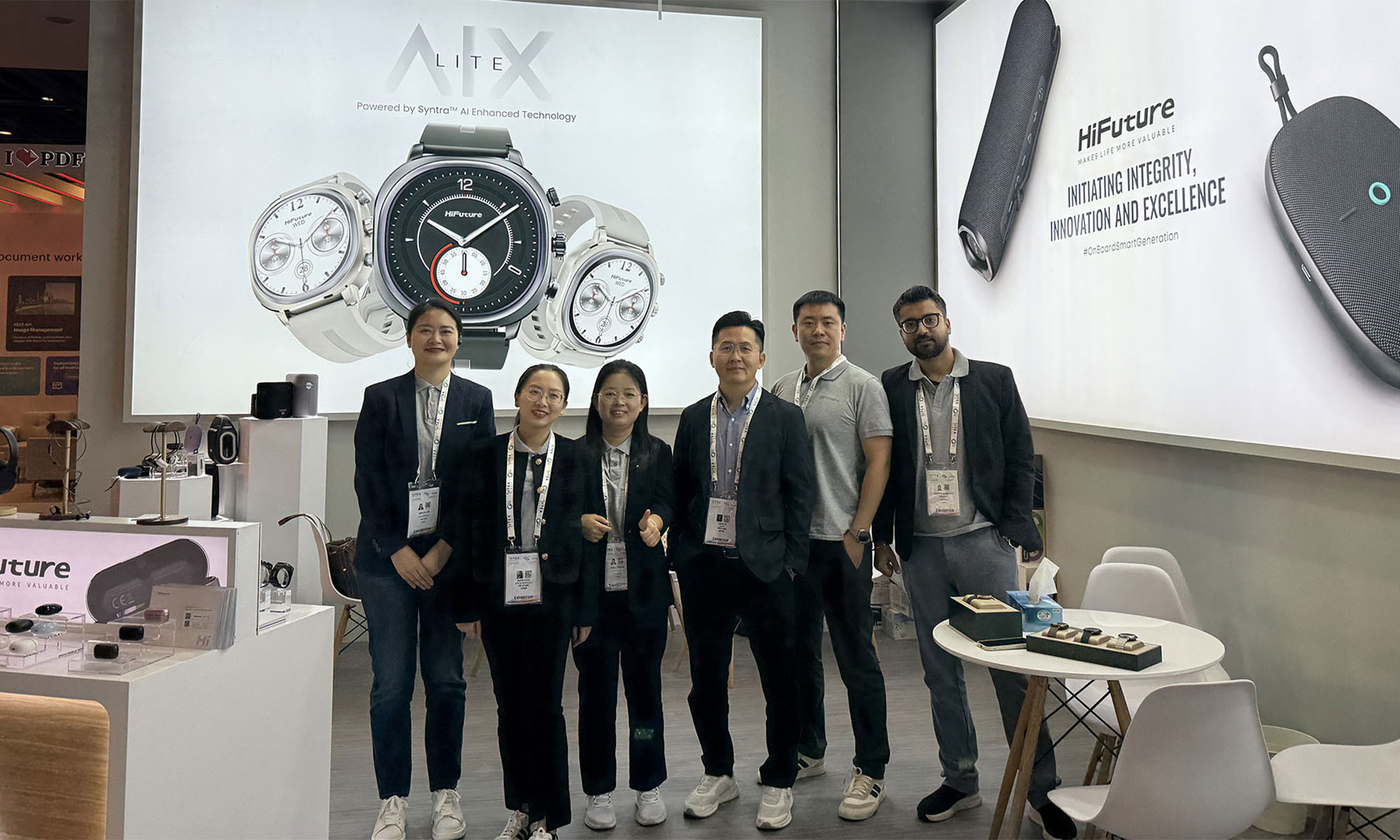
This year’s GITEX GLOBAL 2024 in Dubai saw a huge number of startups, electronics firms, and innovators from around the globe gather for the tech sector’s largest event of its kind. One company making waves at this year’s expo was Chinese tech group HiFuture, which showcased a range of products with a focus on wearable technology and smart audio.
At the HiFuture booth, the company captivated attendees with cutting-edge smartwatches like the ACTIVE and AURORA, along with a range of powerful wireless speakers, earbuds, and even smart rings. Visitors were eager to check out the sleek new designs on offer and even had the chance to test out some of the products themselves.
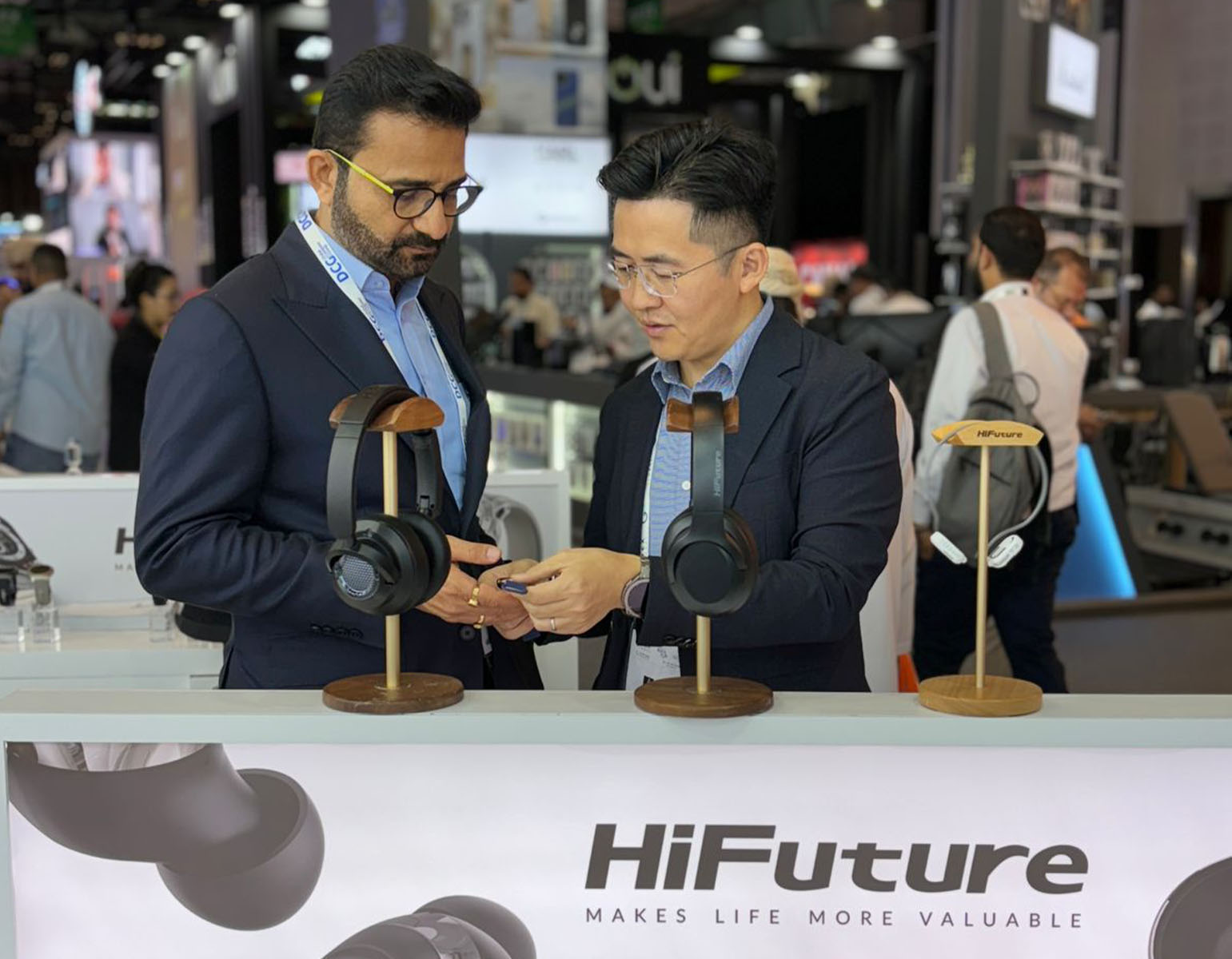
Among the highlights were smartwatches combining dual-core processors with customizable options. The devices blended style and technology, offering health monitoring capabilities, personalized watch faces, and advanced AI-driven functionalities, giving attendees a taste of the future of wearable technology.
On the audio front, HiFuture’s wireless speakers left a lasting impression, offering rich, immersive sound in compact, portable designs. These speakers cater to both intimate gatherings and larger celebrations, offering versatility for users. Meanwhile, the company also showed off its Syntra AI technology, which it claims “revolutionizes health and fitness tracking by combining advanced optical sensors with intelligent algorithms for precise, real-time insights”.
Also Read: How (And Why) To Start A Tech Business In Dubai
The presence of HiFuture’s leadership team at GITEX 2024 underscored the importance of this event for the company, with CEO Levin Liu leading a team of executives, all keen to engage with attendees and offer insights into HiFuture’s vision, product development process, and future direction.
Overall, it seems that GITEX GLOBAL 2024 has been a rewarding experience for HiFuture. The enthusiasm and curiosity of attendees shown to the company’s diverse range of products was obvious, with the HiFuture team leaving on a high note and clearly excited and motivated by the event.


